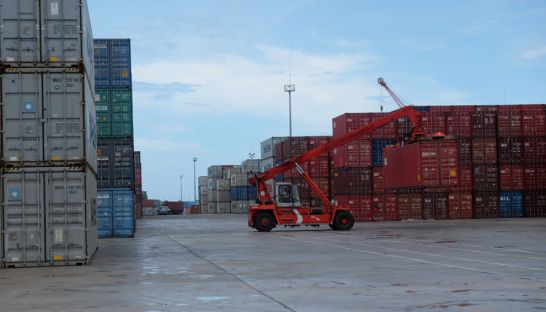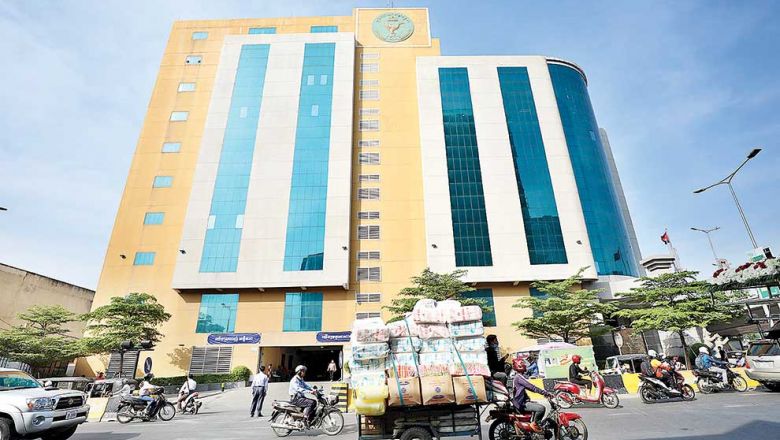Cambodia lags Asean peers in eliminating tariffs
Cambodia lags Asean peers in eliminating tariffs
More than 96 percent of tariffs in Asean have been eliminated, but certain parts of the 10-nation economic bloc including Cambodia lag behind others in full implementation of the Asean Trade in Goods Agreement (Atiga), the Ministry of Commerce said in a Facebook post yesterday.

It said 99.2 percent of tariffs in the “Asean 6” – comprising Brunei, Indonesia, Malaysia, the Philippines, Singapore and Thailand – have been eliminated. However, in the four countries that make up the CLMV region – Cambodia, Laos, Myanmar and Vietnam – tariff elimination sits at 90.9 percent, dragging down the bloc’s overall average.
The ministry’s posting comes as delegates of Asean member states attending the ninth meeting of the Asean Economic Ministers in Manila over the weekend agreed to adopt Atiga, the Asean Framework Agreement on Facilitation of Goods in Transit and the various sectoral work plans relevant to trade facilitation. The delegates also endorsed the Asean Harmonised Tariff Nomenclature 2017 and its implementation towards a simplified uniformed classification of goods.
Atiga, which came into force in early 2010, aims to establish an integrated market and production base with a free flow of goods by 2015 – the same year that the Asean Economic Community was officially formed.
Hiroshi Suzuki, chief economist of the Business Research Institute for Cambodia, explained that while the Kingdom has made positive strides in reducing tariffs, the Atiga framework gives special exemption for CLMV countries to be fully compliant.
“Atiga allows a transition period for CLMV countries,” he said. “For example, Asean 6 should have completed the reduction of customs tariff by 2015, while Cambodia is allowed [to complete] by 2018.”
Nevertheless, he added that Atiga was essential for many developing countries including Cambodia that are dependent on exports and have already proved valuable in shipping automobile parts to Thailand and Vietnam without tariffs.
“This helps Cambodia very much to be included in the international supply chain among Asean countries and to diversify its export item and export destination away from only garment products to the EU and US,” he explained.
However, David Van, executive director of Deewee Management Consultants, said tariff elimination is not a clear-cut process that guarantees the free flow of goods as member states reserve the right to increase specific taxes that act as tariffs. He noted that Cambodia has already increased taxes on motor vehicles, tobacco and alcohol products that skew competitive pricing on imports.
Van also noted that trade barriers for the export of agricultural products to the Kingdom’s immediate neighbours have been stalled by stringent sanitary and phytosanitary regulations despite Atiga aiming to reduce them.
“While other Asean products – especially from our immediate western and eastern neighbours – are flooding our market here, the other way round is that there is a serious deficit for Cambodia because it does not produce much,” he said. “Most commodities are primarily exported raw for processing next door thus denying us of crucial value added if the products were processed in-country.”














